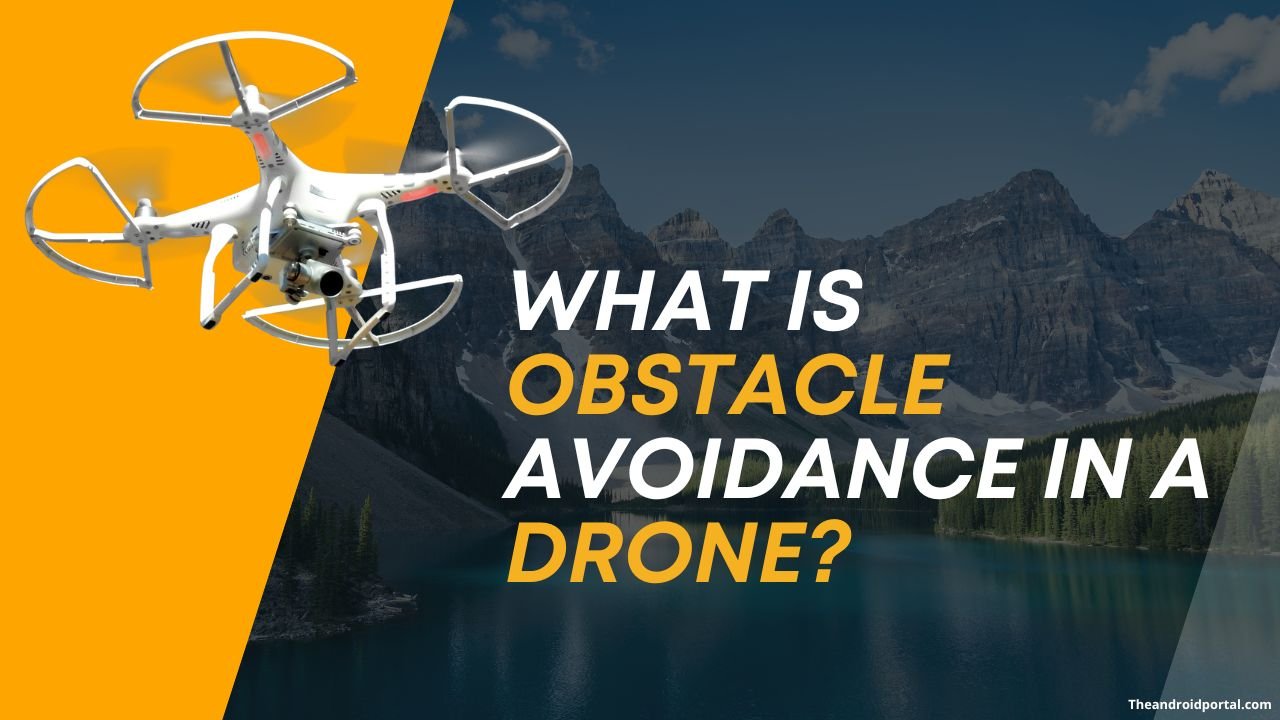You might want to know, What obstacle avoidance in a drone.
Drones have become an increasingly popular technology in recent years, used for various purposes, from recreation to commercial operations. With the rise of drones, one of the most important considerations for users is obstacle avoidance, a process by which drones can safely manoeuvre around obstacles in their environment.
In this article, we’ll explore what obstacle avoidance in a drone is. How it works, and how drones use this technology to become safer and more efficient. By understanding the basics of obstacle avoidance, you can better understand how to make the most of their drone’s capabilities and ensure they remain safe in their airspaces.
What Is Obstacle Avoidance In A Drone?

What is Obstacle Avoidance?
Obstacle avoidance is a crucial safety feature for drones and other aircraft. This feature allows the drone to actively scan its surroundings for obstacles in its path and then take evasive action to avoid them.
This can help prevent collisions and crashes and keep the drone flying safely. Obstacle avoidance is an important safety feature to consider when choosing a drone.
There are several ways that drones can avoid a potential collision with an obstacle, including detecting the object and avoiding it, sticking to a pre-programmed flight path, or even performing a swan dive. While these techniques have proven effective in the lab, they have not been subjected to real-world testing.
The goal of obstacle avoidance is to reduce the chances of a drone colliding with an object that it couldn’t see coming. In the case of a collision, it’s difficult for the drone to avoid crashing.
The best way to avoid this is to make the drone fly at speeds between 5 and 15 kilometres per hour over the object, at an elevation of between 50 and 100 meters, to stay below the object’s radar detection range.
If an obstruction is detected, the drone will proceed according to the protocol you have set.
- Bypass:
One option available on some systems is the “bypass” option. This tells the system to avoid the obstacle and choose a path around or over it without requiring pilot input.
2. Brake:
The “brake” option is another possibility. This tells the system to stop the aircraft before it reaches the obstacle and hovers in place until the pilot takes action.
3. Turn it Off:
Finally, the third option is to turn the system off. This leaves the pilot in control of the aircraft and responsible for avoiding the obstacle.
A new pilot may find this weird, as they want to fly with as much protection and safety as possible.
This is when you become active. Before taking off, make sure your drone is properly charged and follow these safety recommendations to avoid crashing with anything.
How Does Obstacle Avoidance Work?
While drones have become a popular technology for commercial operations, many people still wonder how the technology works and how their drone can achieve obstacle avoidance.
The answer to both questions is that drones use a combination of different technologies to compute the best and safest way for themselves and their payloads to move through the environment.
When a drone deploys, it must first determine its flight path among all of the potential flight paths in its area of operation. These potential flight paths are called flight plans, and they are essentially a list of possible flight paths that a drone could take in its environment.
Each flight plan represents a specific way of navigating around the environment and ranges from simple to complex. If a flight plan is too simple to navigate the environment safely, the drone will resort to a more complex flight plan.
Conclusion
To sum up, the main purpose of obstacle avoidance in a drone is to help avoid those annoying collisions and save your precious drone. But it would be best if you had more for your drone to be aware of its surroundings. Sometimes you also need to know how to operate the drone properly.











